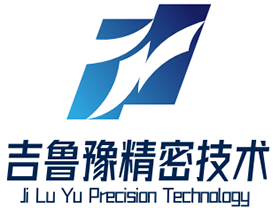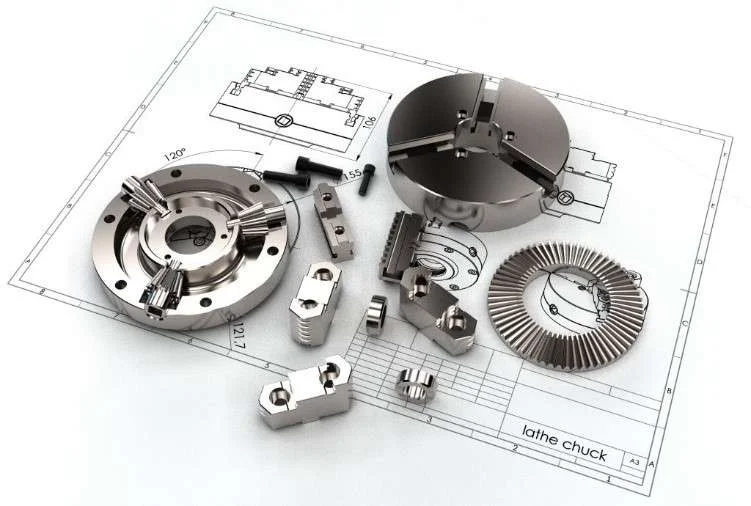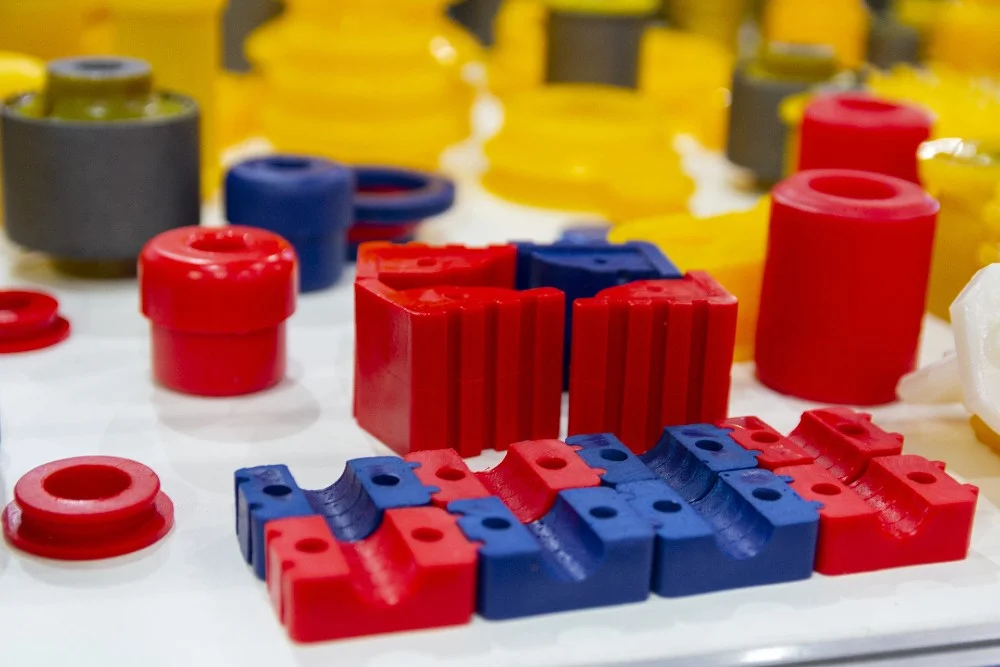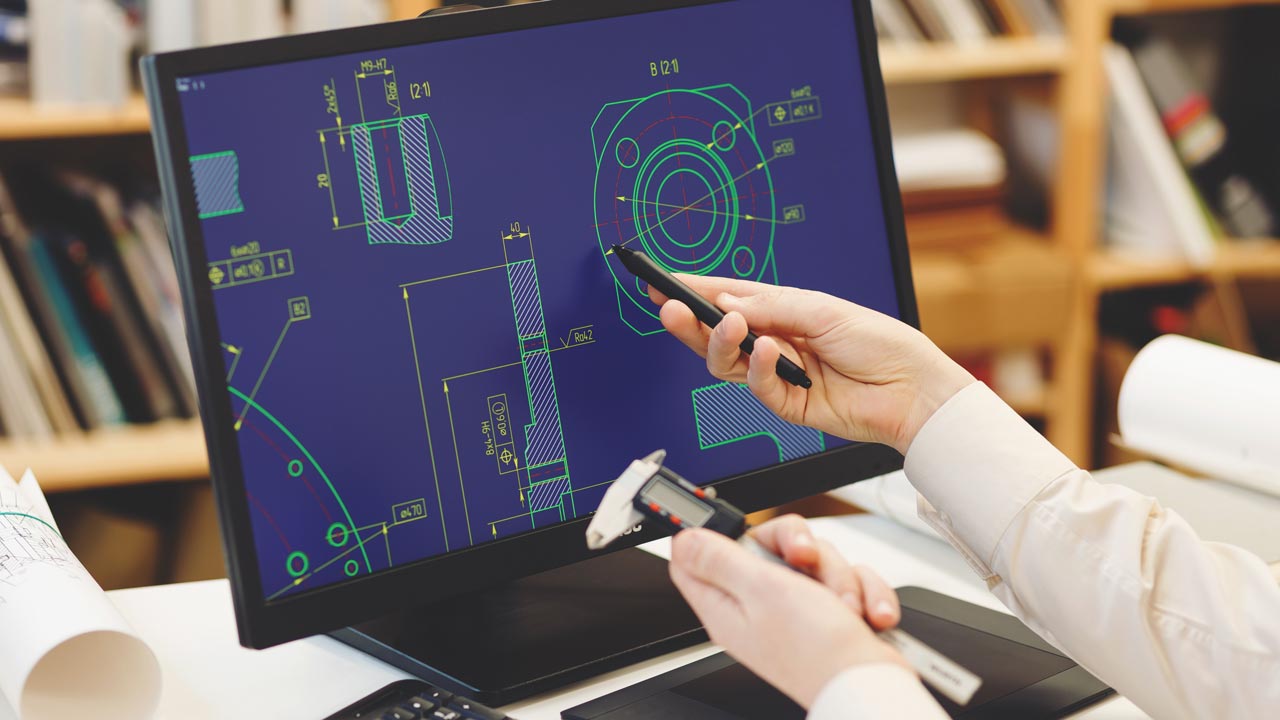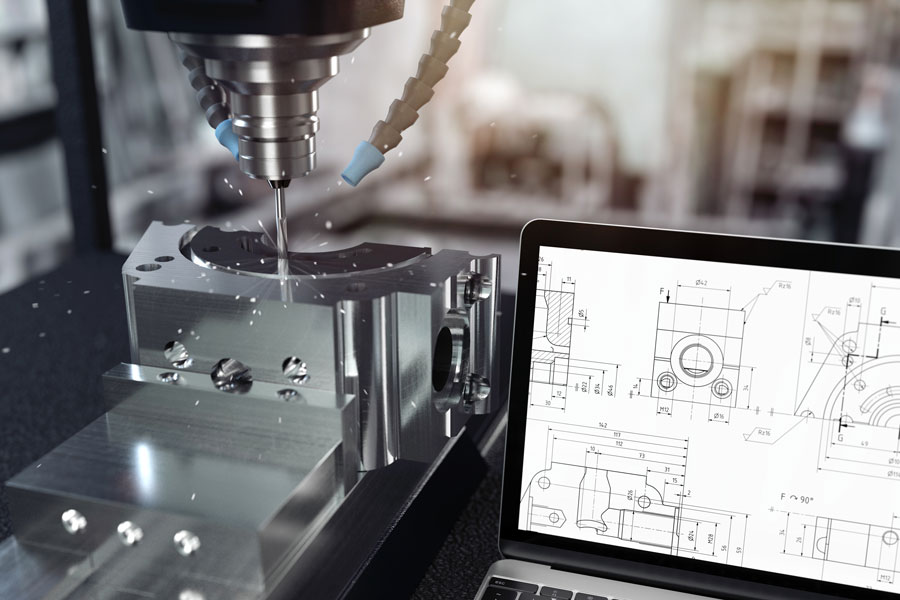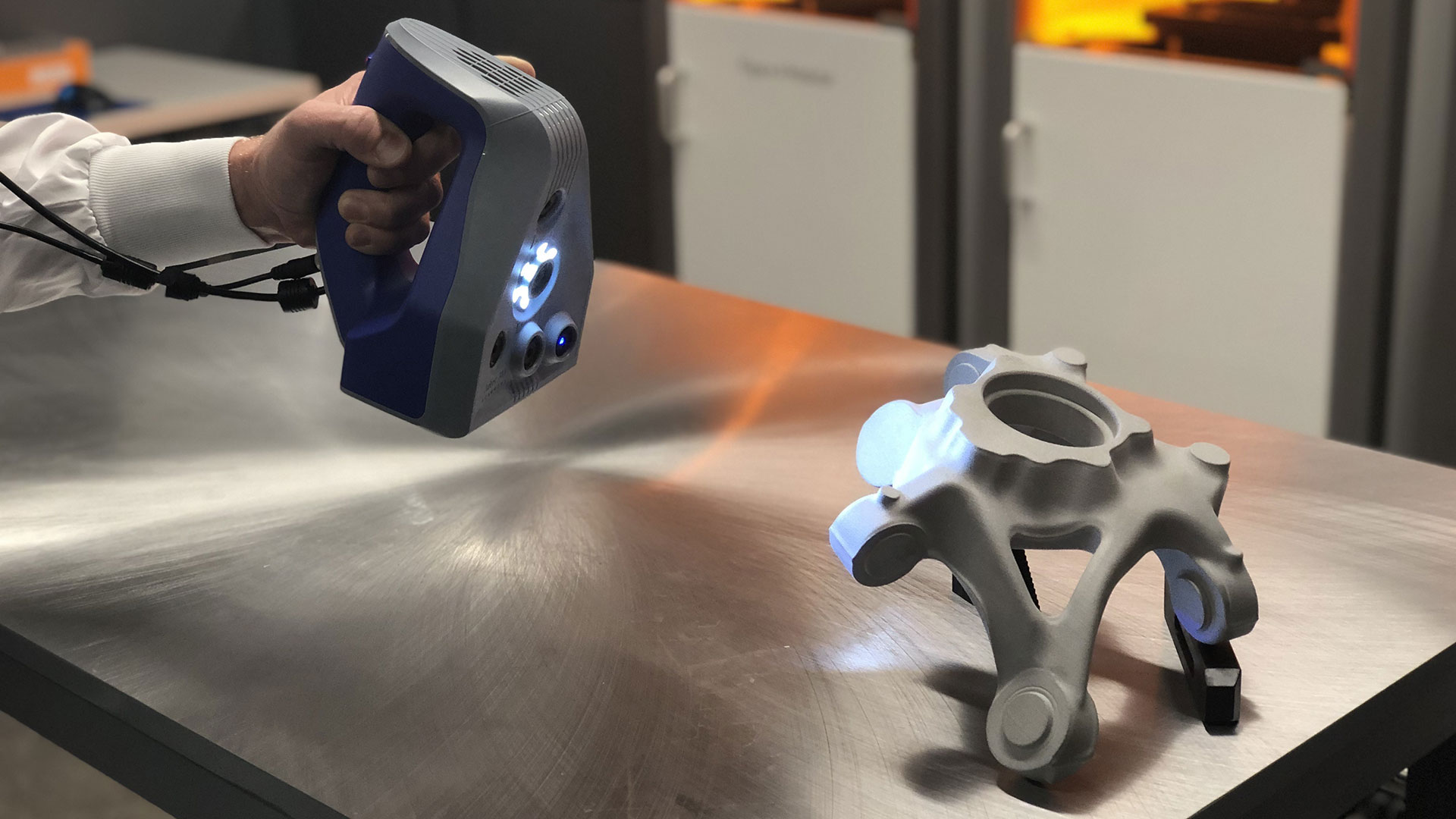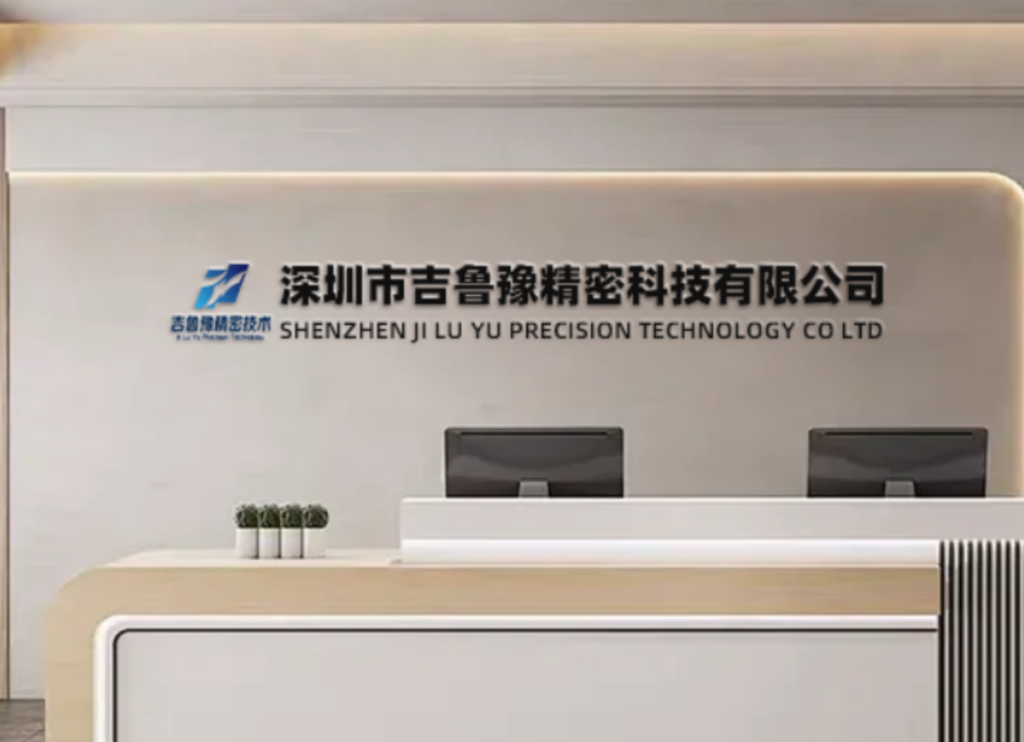Quick Turn Around Prototype Service: Accelerating Product Development with Precision CNC Machining
In today’s competitive manufacturing landscape, speed to market isn’t just an advantage—it’s a necessity. Quick turn around prototype services bridge the gap between concept and reality, delivering precision parts when time matters most.
Quick turn around prototype service has become an essential component in modern product development cycles, enabling engineers and designers to validate concepts, test functionality, and iterate designs with unprecedented speed. As specialized providers of CNC machining services, we understand the critical importance of compressing development timelines without compromising precision or quality. This comprehensive guide explores how advanced CNC technologies and optimized workflows deliver high-quality prototypes in timeframes that traditional manufacturing methods cannot match.
The evolution of rapid prototyping has transformed from simple proof-of-concept models to sophisticated functional prototypes that closely mimic production parts in form, fit, and function. Modern quick-turn services leverage the full potential of multi-axis CNC machining, advanced materials, and digital manufacturing workflows to accelerate product development across industries from aerospace to medical devices.
The Strategic Value of Rapid Prototyping in Product Development
The product development cycle has accelerated dramatically in recent years, with companies facing increasing pressure to bring innovations to market faster than ever before. Quick turn around prototype services address this need through strategic advantages that extend far beyond simple speed.
Why Speed Matters in Prototyping
The timeline from initial concept to market-ready product encompasses multiple validation stages, each requiring physical parts for evaluation:
-
Design Validation: Physical prototypes confirm CAD model accuracy and reveal potential issues before tooling investment
-
Functional Testing: Engineering prototypes tested under real-world conditions ensure performance specifications are met
-
User Feedback: Tangible models facilitate stakeholder evaluation and user experience testing
-
Manufacturing Verification: Prototypes confirm production feasibility and identify potential manufacturing challenges
Research indicates that companies that effectively utilize rapid prototyping can reduce overall product development time by 30-50% while identifying and resolving design issues up to 80% earlier in the development process compared to traditional approaches.
The CNC Advantage in Rapid Prototyping
While additive manufacturing (3D printing) has gained attention for rapid prototyping applications, CNC machining maintains distinct advantages for many applications:
-
Superior Material Properties: CNC-machined parts possess the full mechanical characteristics of production-grade materials
-
Excellent Surface Finish: As-machined surfaces often require minimal post-processing for functional testing
-
Tight Tolerances: CNC machining routinely holds tolerances within ±0.025mm to ±0.125mm, essential for functional testing
-
Material Diversity: Capacity to process hundreds of engineering-grade materials without process modification
The dimensional accuracy and material integrity of CNC-machined prototypes provide more reliable test data compared to layered manufacturing processes, reducing the risk of design flaws progressing to production.
CNC Technologies Driving Rapid Prototyping Capabilities
Modern quick turn around prototype services leverage multiple advanced CNC technologies optimized for speed, flexibility, and precision.
Multi-Axis Machining Systems
The evolution from 3-axis to multi-axis machining has dramatically expanded rapid prototyping capabilities:
*Table 1: CNC Machining Capabilities for Quick-Turn Prototyping*
| Machining Technology | Axis Configuration | Typical Applications | Tolerance Capability | Relative Speed |
|---|---|---|---|---|
| 3-Axis Milling | X, Y, Z linear axes | Simple geometries, 2.5D features | ±0.025mm to ±0.125mm | Fast for simple geometries |
| 5-Axis Simultaneous Milling | 3 linear + 2 rotational axes | Complex contours, organic shapes | ±0.05mm to ±0.2mm | Medium for complex parts |
| Mill-Turn Centers | Combined milling and turning | Complex rotational parts with off-center features | ±0.0125mm to ±0.05mm | Fast for complex rotational parts |
| Multi-Axis Machining | Additional rotational or linear axes | Prismatic parts requiring multiple setups | ±0.025mm to ±0.1mm | Medium to fast |
5-axis simultaneous machining has particularly transformed rapid prototyping by enabling complex geometries in single setups. This capability eliminates multiple fixturing operations, reduces cumulative error, and significantly compresses machining time for intricate components.
Advanced CNC Programming for Rapid Turnaround
The digital workflow behind quick turn around prototyping incorporates sophisticated programming strategies:
-
High-Speed Machining (HSM): Optimized toolpaths maintaining consistent tool engagement for faster material removal
-
Adaptive Clearing: Dynamic toolpaths that adjust to material conditions for reduced cycle times
-
Rest Machining: Efficient material removal through progressive tooling from roughing to finishing operations
-
Automated CAM Programming: Template-based approaches that accelerate program generation for common feature types
These programming techniques, combined with cloud-based collaboration platforms, enable some quick-turn providers to transition from CAD models to machining in hours rather than days.
Optimizing Designs for Rapid CNC Prototyping
Success in quick turn around prototyping requires more than advanced equipment—it demands design strategies that balance optimization for manufacturing speed with preservation of design intent.
Design for Manufacturability (DFM) in Rapid Prototyping
Implementing DFM principles specifically for quick-turn applications significantly accelerates prototype delivery:
-
Feature Accessibility: Designing for tool access without complex fixturing or multiple setups
-
Standardized Elements: Utilizing common hole sizes, thread forms, and corner radii to minimize special tooling
-
Material Selection: Choosing readily available materials with favorable machining characteristics
-
Tolerance Rationalization: Applying tight tolerances only where functionally necessary
Early DFM consultation can identify potential manufacturing challenges before programming begins, preventing delays and additional costs.
Strategic Material Selection
Material choice profoundly impacts both prototyping speed and functional validity:
*Table 2: Material Selection Guide for Quick-Turn Prototyping*
| Material Category | Specific Grades | Machinability Rating | Typical Applications | Speed Considerations |
|---|---|---|---|---|
| Aluminum Alloys | 6061-T6, 7075-T6 | Excellent | General prototyping, enclosures, brackets | Fast machining, readily available |
| Plastics | ABS, Nylon, PEEK | Good to Excellent | Consumer products, electrical insulation | Very fast machining, minimal tool wear |
| Stainless Steels | 304, 316, 17-4PH | Fair to Good | Medical devices, food processing, marine | Slower machining, higher tool wear |
| Titanium Alloys | Grade 5 (6Al-4V) | Fair | Aerospace, medical implants, chemical | Slow machining, specialized tooling |
| Magnesium Alloys | AZ31B, AZ91D | Excellent | Weight-critical applications, aerospace | Very fast machining, safety precautions |
Aluminum alloys—particularly 6061-T6—dominate quick-turn prototyping due to their excellent machinability, favorable strength-to-weight ratio, and wide availability. As demonstrated by prototyping specialists, CNC machining “can process aluminum, steel, copper, titanium, magnesium, and plastic” with versatility that supports rapid iteration.
The Quick-Turn Prototyping Workflow: From File to Finished Part
Optimized processes separate true quick-turn services from standard prototyping operations. The most efficient providers implement streamlined workflows that eliminate bottlenecks without compromising quality.
Digital Foundation and File Preparation
The prototyping journey begins with comprehensive digital preparation:
-
CAD Model Validation: Checking for geometry errors, watertight surfaces, and manufacturability concerns
-
Format Standardization: Preferred file formats including STEP, IGES, and X_T that preserve geometric data
-
Design Intent Confirmation: Clarifying critical features, tolerances, and surface finish requirements
-
Manufacturing Analysis: Automated DFM feedback identifying potential production challenges
Companies like RapidDirect have implemented “AI-driven manufacturing platforms” that provide “instant quotes and DFM feedback” to accelerate this critical initial phase.
Rapid Programming and Setup
Minimizing non-cutting time requires specialized approaches:
-
Modular Fixturing: Standardized workholding solutions that accommodate diverse part geometries
-
Tooling Management: Strategic tool selection to minimize changes and reduce setup time
-
Machine Loading Optimization: Scheduling to maximize equipment utilization while meeting delivery commitments
-
Digital Verification: Simulation and verification of toolpaths to prevent errors and rework
Quality Assurance in Accelerated Timelines
Maintaining quality standards in compressed timeframes demands efficient inspection methodologies:
-
First Article Inspection: Comprehensive measurement of initial parts to verify programming accuracy
-
In-Process Verification: Touch probes on CNC machines that check critical features between operations
-
Digital Comparison: 3D scanning with comparison to CAD models for complex organic shapes
-
Statistical Sampling: Reduced inspection frequency for stable processes with proven capability
Real-World Case Studies: Quick-Turn Prototyping in Action
Case Study 1: Aerospace Component Validation
An aerospace developer needed functional prototypes of turbine engine mounting brackets for ground testing of a new business jet design.
Challenge: Produce three functional test articles in Ti-6Al-4V with complex organic geometry derived from topological optimization studies. The parts required ±0.05mm tolerance on critical mating surfaces and material properties matching production intent within a 5-day timeframe.
Technical Solution: The project implemented a multi-faceted approach:
-
5-Axis Simultaneous Machining: Complex geometries completed in single setups
-
High-Performance Tooling: Specialized end mills for titanium optimized for maximum material removal rates
-
Digital Twin Integration: Manufacturing simulation to verify toolpaths before machining
-
In-Line Metrology: On-machine probing to verify critical features without separate inspection
Results: The prototypes were delivered within 4 days, enabling the customer to proceed with engine integration testing one week ahead of schedule. The accurately machined components provided critical performance data that validated the optimized design, resulting in a 22% weight reduction compared to the previous bracket design.
Case Study 2: Medical Device Ergonomics Evaluation
A surgical instrument company required ergonomic validation prototypes of a handheld laparoscopic tool for surgeon evaluation and FDA submission support.
Challenge: Create 15 fully functional device prototypes matching production intent materials, weight distribution, and tactile properties within a 7-day timeline for critical surgical team evaluation.
Technical Solution: The project employed strategic manufacturing approaches:
-
Multi-Material Machining: Combination of stainless steel for internal mechanisms and medical-grade plastics for housings
-
Parallel Processing: Multiple machines operating simultaneously to compress overall lead time
-
Surface Finish Optimization: Specific textures and finishes matching production intent
-
Assembly Integration: Concurrent manufacturing of components with final assembly within timeline
Results: The prototypes enabled identification of two critical ergonomic issues that significantly improved device usability. The 7-day delivery allowed the company to maintain its FDA submission schedule while implementing design improvements based on surgeon feedback.
Case Study 3: Automotive Lighting System Development
An automotive lighting manufacturer needed functional prototypes of a new LED headlamp assembly for thermal management testing and regulatory certification.
Challenge: Produce complete lighting assemblies with optical-quality lenses, complex cooling channels, and precise mounting features within 10 days to support critical certification testing.
Technical Solution: The implementation combined multiple advanced processes:
-
Multi-Axis Machining: Complex organic shapes for lens and reflector elements
-
Crystal-Clear Machining: Optical-grade surface finishes on lighting surfaces
-
Thermal Management Features: Precise cooling channels matching production design
-
Material Simulation: Engineering plastics with thermal properties matching production materials
Results: The prototypes successfully completed thermal cycle testing, providing data that validated the cooling system design. The 10-day turnaround enabled the manufacturer to submit for regulatory certification three weeks earlier than planned, accelerating market entry.
Implementing Quick-Turn Prototyping: Strategic Considerations
Successfully leveraging quick turn around prototype services requires more than selecting a supplier—it demands strategic integration into the product development process.
Partnership Selection Criteria
When evaluating quick-turn providers, consider these essential capabilities:
-
Technical Equipment: Modern CNC machinery with multi-axis capabilities and appropriate sizing
-
Material Inventory: Readily available stock of common engineering materials
-
Quality Systems: Documented quality management with efficient inspection methodologies
-
Communication Practices: Responsive communication with regular progress updates
-
Project Management: Formal tracking systems with clear milestone definitions
Design for Rapid Iteration
Optimizing product designs for rapid iteration delivers compounding benefits throughout development:
-
Modular Architecture: Designing systems with interchangeable components for targeted testing
-
Standardized Features: Consistent implementation of common elements across designs
-
Design Reuse: Leveraging previously proven components and features
-
Version Management: Clear documentation of design revisions and changes
The Future of Quick-Turn Prototyping
Emerging technologies continue to push the boundaries of what’s possible in rapid prototyping timeframes.
Digital Integration and Industry 4.0
The continuing digital transformation of manufacturing enhances quick-turn capabilities:
-
Digital Thread Implementation: Seamless data flow from design through manufacturing and inspection
-
Predictive Analytics: AI-driven forecasting of manufacturing time based on geometric complexity
-
Additive-Subtractive Hybrid: Combining 3D printing and CNC machining for optimal results
-
Cloud Manufacturing: Distributed production networks that optimize capacity utilization
Advanced Materials and Processes
Material science innovations continue to expand prototyping possibilities:
-
High-Performance Composites: CNC-composite materials with enhanced properties
-
Multi-Material Components: Integrated manufacturing of dissimilar materials
-
Smart Materials: Components with embedded functionality for advanced testing
-
Sustainable Options: Environmentally conscious material alternatives
Conclusion
Quick turn around prototype service has evolved from a specialized offering to a critical capability that directly impacts product development success. The combination of advanced CNC machining technologies, optimized workflows, and strategic manufacturing partnerships enables companies to compress development cycles while improving design quality through early validation and iterative refinement.
The most successful implementations recognize quick-turn prototyping not as an expense, but as a strategic investment that reduces overall development risk while accelerating time to market. By leveraging the precision, material capabilities, and speed of modern CNC machining, product development teams can navigate increasingly competitive landscapes with confidence.
For organizations seeking to maximize their prototyping efficiency, our integrated CNC machining services deliver the speed, precision, and expertise required for today’s demanding development schedules. Contact our engineering team to discuss how our quick-turn capabilities can accelerate your next product development initiative.
